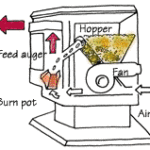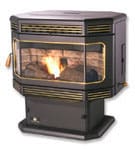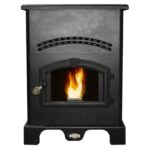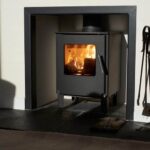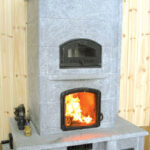Because pellet stoves receive constant use during the heating season, regular and proper maintenance is necessary to keep them operating efficiently. Just how often a pellet stove will need cleaning will depend on the design of the stove and the grade of fuel burned.
Expert advice on the care and maintenance of your pellet stove, including annual cleanings
Not all pellets are created equal; generally speaking, high-priced pellets burn more cleanly and hotter than low-cost pellets. Your stove supplier will likely recommend a certain brand, but do a bit of experimenting. Buy just a few bags of one brand and try it, and then try another brand until you find pellets that heat satisfactorily and don’t leave too much ash and clinker residue.
In general, top-fed stoves require high-quality pellets while bottom-fed stoves can use pellets of lesser quality.
How often you must add pellets depends on the size of the hopper and how hot you run the stove. A pellet stove with a small hopper may need to be filled twice a day while stoves with large-capacity hoppers can run hot for four or five days before they need to be refilled.
Before each heating season, have a qualified pellet stove/chimney professional inspect and, if necessary, clean your pellet stove’s flue. If you are buying a new pellet stove, ask about a service contract.
In addition to annual servicing, pellet stoves need regular maintenance, which is mostly a matter of cleaning. This should take no more than about 15 minutes. A tool that makes this job relatively easy is a special ash vacuum (don’t use a conventional home vacuum cleaner—the soot and ash can ruin it).
Here are some tasks you should perform on a weekly basis during heating season:
• Empty the ash trap or drawer, usually situated behind the fire chamber.
• Look for “clinkers” that form when ash melts and hardens. Clinkers can impede air flow and upset the proper mixture of fuel and oxygen to the burn pot. Remove them with a special rake or ash tool made for this purpose.
• Look for a build-up of soot on the inside surfaces of the stove. (As little as 1/10 inch of soot can drop the heat transfer by 50 percent.) Clean the soot off with a wire brush, but do not use the brush on the glass doors.
• Clean the heat exchanger as advised by the owner’s manual.
• Clean the glass so you can tell whether the fuel is burning efficiently. Turn off the stove, wait for it to cool, about 20 minutes, and then use paper towels and a commercial glass cleaner made for heated glass to clean both the inside and outside surfaces.
• Check the flame—if it is orange or dark instead of bright yellow or white, it is time to call in a service professional.
• Allow the auger tube and fuel hopper to completely empty on occasion so that sawdust and pellet debris don’t build up and block the feed system.
• Empty unused pellets from the stove hopper and feed system at the end of the heating season, as they can collect moisture and cause rust that can damage the stove. Fresh pellets will also be easier to start at the beginning of the next heating season. Have a professional come out and clean the vent pipe.



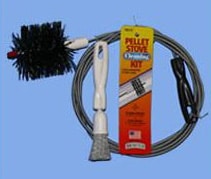
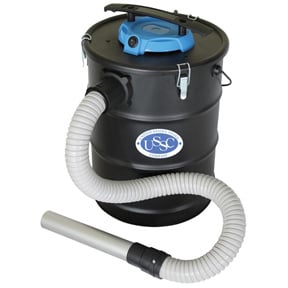
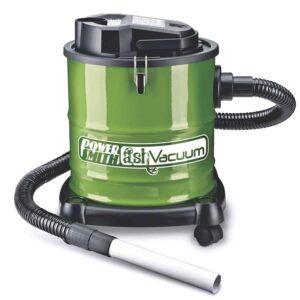
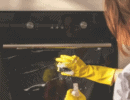
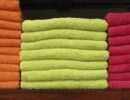
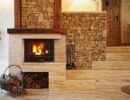

 Don Vandervort writes or edits every article at HomeTips. Don has:
Don Vandervort writes or edits every article at HomeTips. Don has:
